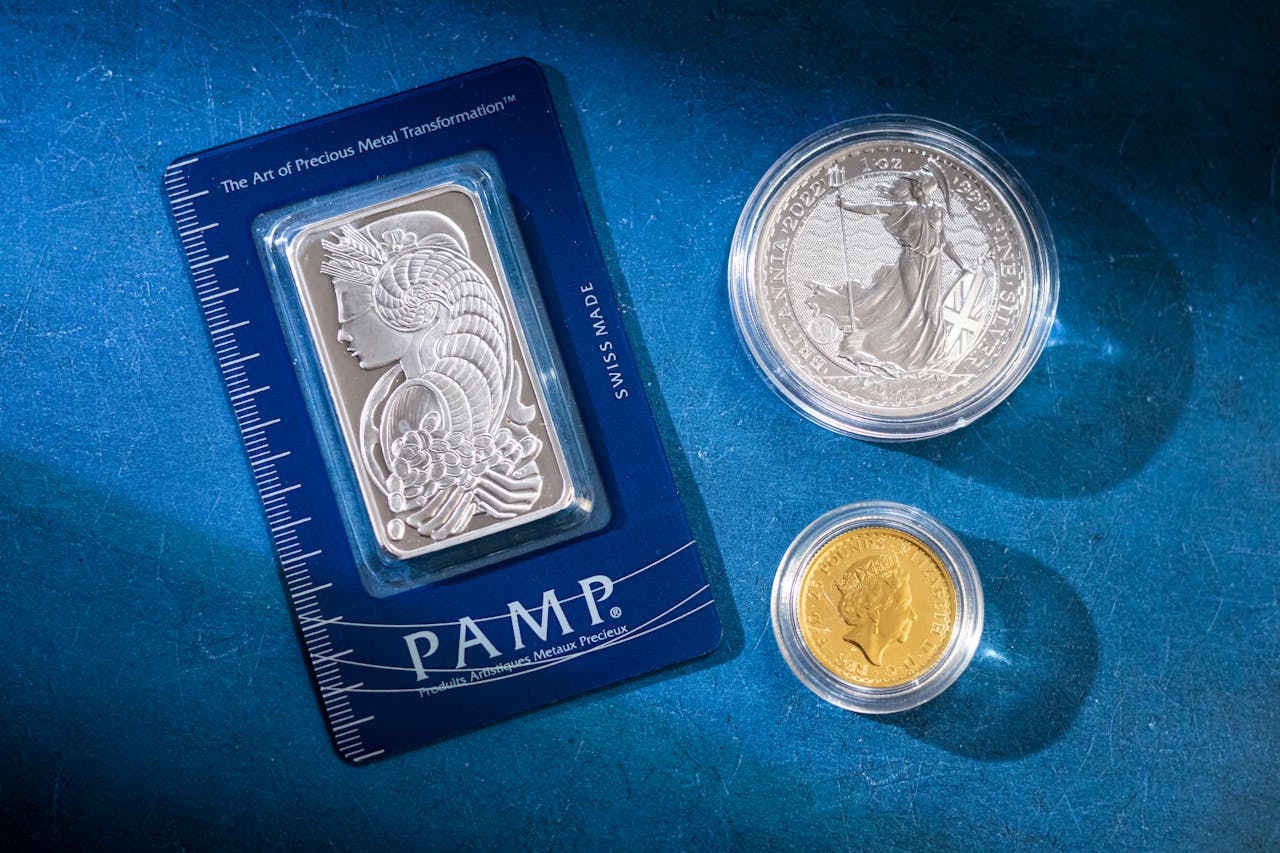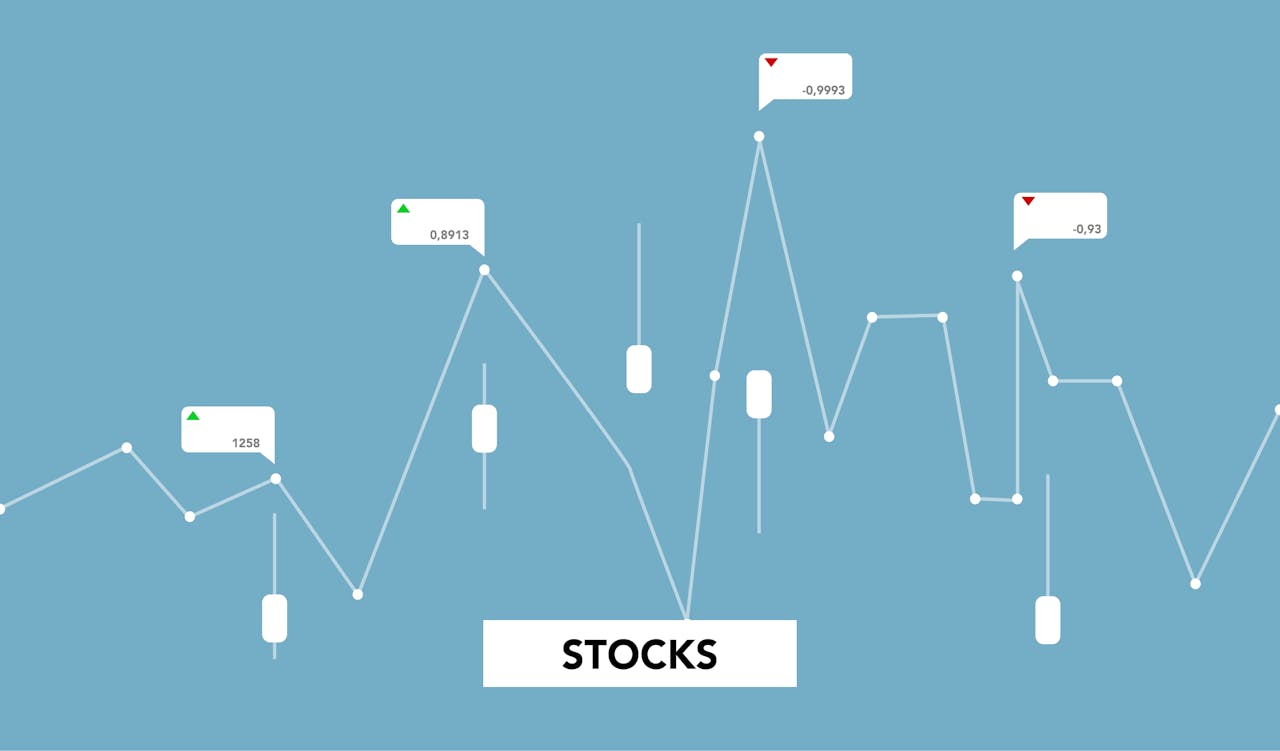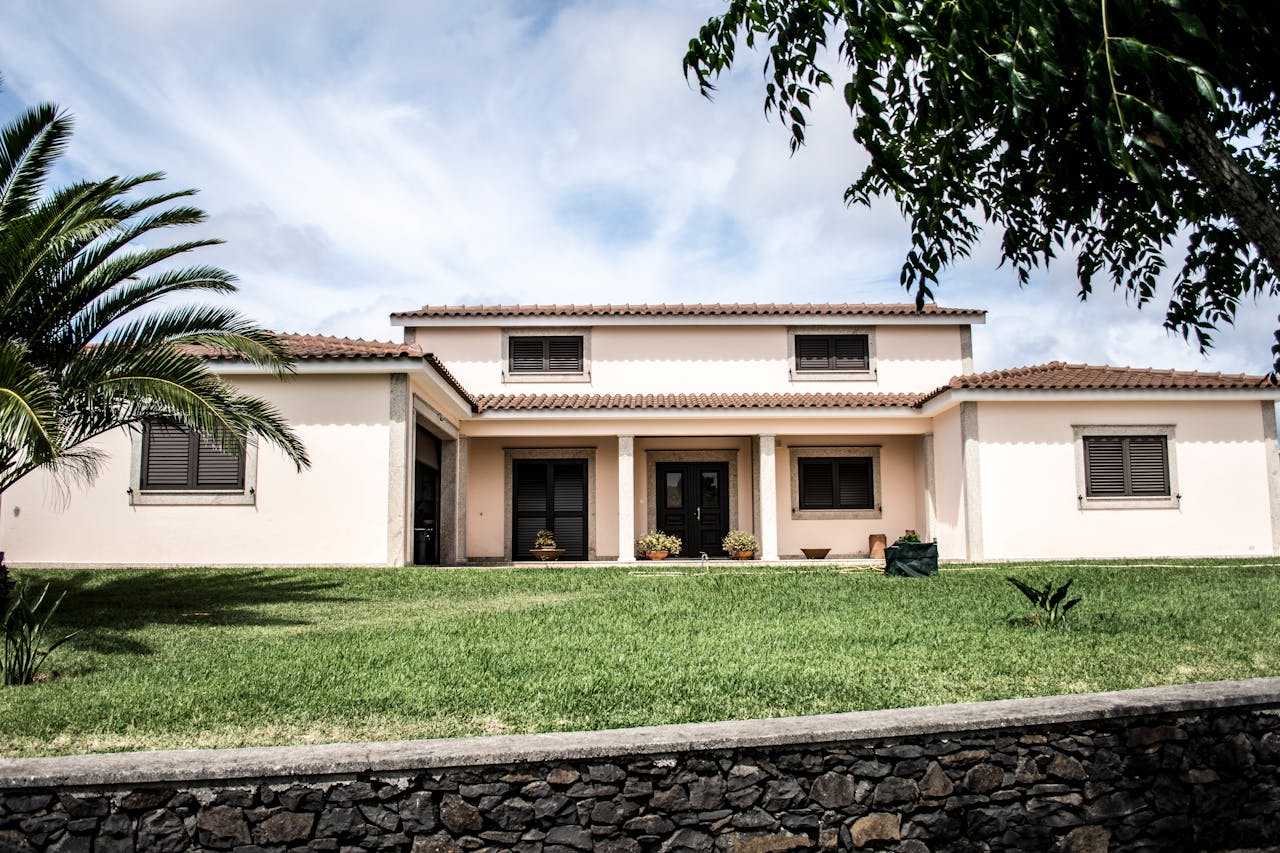Investing in rare coins and numismatic metals can significantly diversify your investment portfolio. In recent years, more investors have turned to this asset class due to its ability to offer protection against inflation and potential for value appreciation. Whether you’re new to the world of numismatics or have some experience, understanding the dynamics of investing in rare coins and metals can be highly beneficial.
Why Invest in Rare Coins and Numismatic Metals?
Investing in rare coins and numismatic metals is a great way to build wealth over time. Unlike other assets, the value of rare coins often rises due to their rarity, historical significance, and the increasing demand from both collectors and investors. Furthermore, numismatic metals, such as gold and silver, provide a hedge against inflation and economic instability.
In addition to their stable long-term value, rare coins are tangible assets. This physical form of investment appeals to many people who prefer investing in something they can hold. As an investor, you can rest assured that rare coins and precious metals are not subject to the same market fluctuations as stocks and bonds.
Types of Rare Coins You Can Invest In
Several types of rare coins are available for investment, each offering different levels of risk and return. By understanding the various categories, you can make better-informed choices when expanding your portfolio. Here are some of the most popular types of rare coins:
1. Gold Coins
Gold coins have long been considered one of the safest investments. With their enduring value, gold coins like the American Gold Eagle and the South African Krugerrand continue to hold appeal. These coins often rise in value during times of economic uncertainty, making them an excellent investment during market downturns.
2. Silver Coins
Silver coins are another popular choice for investors, offering an affordable way to enter the numismatic market. While they tend to be more volatile than gold coins, silver coins such as the American Silver Eagle can still offer attractive returns. In particular, silver often sees significant price increases during inflationary periods, making it an appealing option for investors seeking a hedge against inflation.
3. Rare Historic Coins
Ancient coins, including those from civilizations like Rome and Greece, can offer unique investment opportunities. These coins have historical significance and are often in high demand among collectors. However, buying such coins requires careful attention to their condition and authenticity, as these factors heavily influence their market value.
4. Commemorative Coins
Commemorative coins are released to mark significant milestones or events, often in limited numbers. While they might not always appreciate in value, some commemorative coins can increase in price over time, especially if they become particularly sought after. Researching demand and the longevity of the event they commemorate is key to making a wise investment.
Key Factors to Consider Before Investing in Rare Coins
Investing in rare coins requires a keen understanding of various factors. It’s essential to consider multiple aspects to maximize your potential returns. Let’s explore the most important considerations for anyone looking to invest in numismatic assets.
1. Condition of the Coin
The condition of a coin is one of the most important factors that determine its value. Coins in excellent or uncirculated condition are generally worth much more than those that show signs of wear. Grading systems, such as the Sheldon Scale, help determine a coin’s condition. Coins with higher grades are likely to command higher prices, so it’s essential to focus on finding coins that are in the best possible condition.
2. Rarity and Demand
Rarity is another crucial factor in assessing the value of a coin. Coins that are rare or have limited mintage numbers often increase in value over time. Demand plays a significant role in driving up prices, and certain coins can become more valuable as collector interest grows. Always research the historical demand for specific coins before purchasing them.
3. Authentication and Certification
The authenticity of a coin is vital when investing in numismatics. Counterfeit coins are a significant risk, which is why buying certified coins from trusted dealers is recommended. Many investors prefer coins that are graded and authenticated by reputable agencies like the Numismatic Guaranty Corporation (NGC) or the Professional Coin Grading Service (PCGS).
4. Market Trends and Timing
Like any investment, the numismatic market has its own set of trends. It’s important to stay informed about market conditions. Additionally, timing your purchase and sale can significantly impact your returns. For instance, buying coins when demand is low and selling when it increases can maximize profits. Understanding market cycles and historical performance is crucial to success in this area.
5. Storage and Security
Safe storage is essential when investing in rare coins. These assets are physical and can be subject to loss or damage. Many investors choose to store their coins in secure locations such as safe deposit boxes or private vaults. Handling and storing coins properly will help preserve their condition and, consequently, their value.
Benefits of Investing in Numismatic Metals
In addition to investing in rare coins, numismatic metals like gold, silver, and platinum also offer excellent investment opportunities. These metals are not only used in coins but also have intrinsic value due to their limited supply and widespread demand.
1. Hedge Against Inflation
Gold and silver are commonly viewed as effective hedges against inflation. When inflation rises, the value of these metals often increases, providing a safeguard for your wealth. As a result, investing in numismatic metals can be an intelligent way to protect your assets from currency devaluation.
2. Tangible Asset
Unlike stocks or bonds, numismatic metals are tangible. Many investors prefer this form of investment because they can physically hold the asset. Moreover, the value of precious metals is not dependent on the performance of financial markets, making them a more secure investment during periods of uncertainty.
3. Liquidity
Numismatic metals are highly liquid assets. This means you can sell them relatively easily if you need to access cash quickly. Whether you decide to sell through auctions, dealers, or private transactions, precious metals offer investors the flexibility to buy and sell as needed.
4. Global Demand
The demand for precious metals is global, which adds to their long-term value. Metals like gold and silver are used in a variety of industries, including electronics, jewelry, and medicine. As long as there is demand in these sectors, the price of numismatic metals is likely to remain stable or increase over time.
Conclusion: Making the Right Investment Choice
Investing in rare coins and numismatic metals provides a tangible and potentially profitable asset class for any investor. By understanding the different types of coins and metals, considering factors like condition, rarity, and market trends, you can make informed decisions that benefit your financial future. Whether you’re interested in gold, silver, or rare historical coins, this market offers unique opportunities to diversify and protect your portfolio. With careful research and strategic planning, you can enjoy the benefits of investing in rare coins and numismatic metals while mitigating risk.
Check out our Facebook or X accounts.
For more topics check here.



